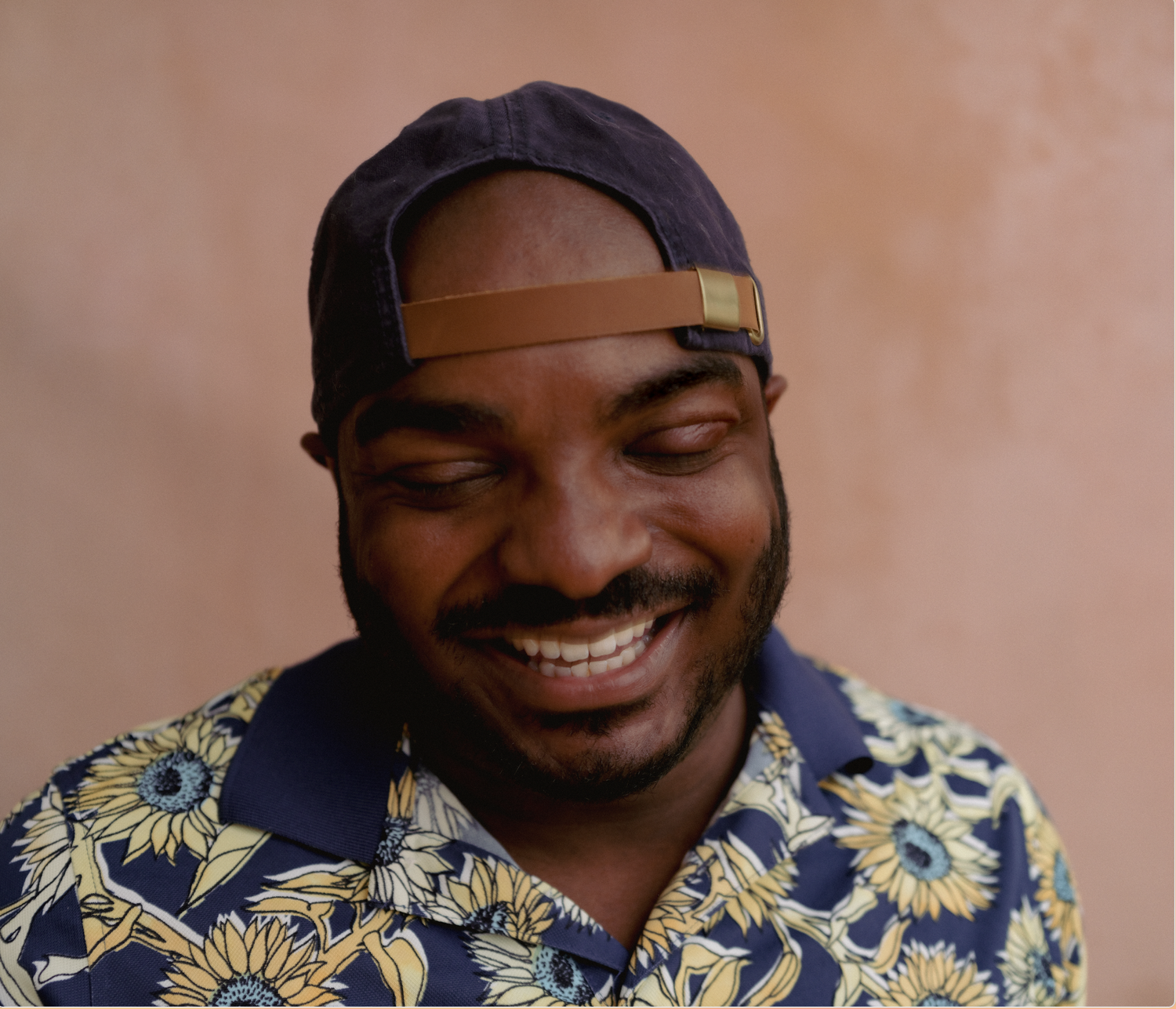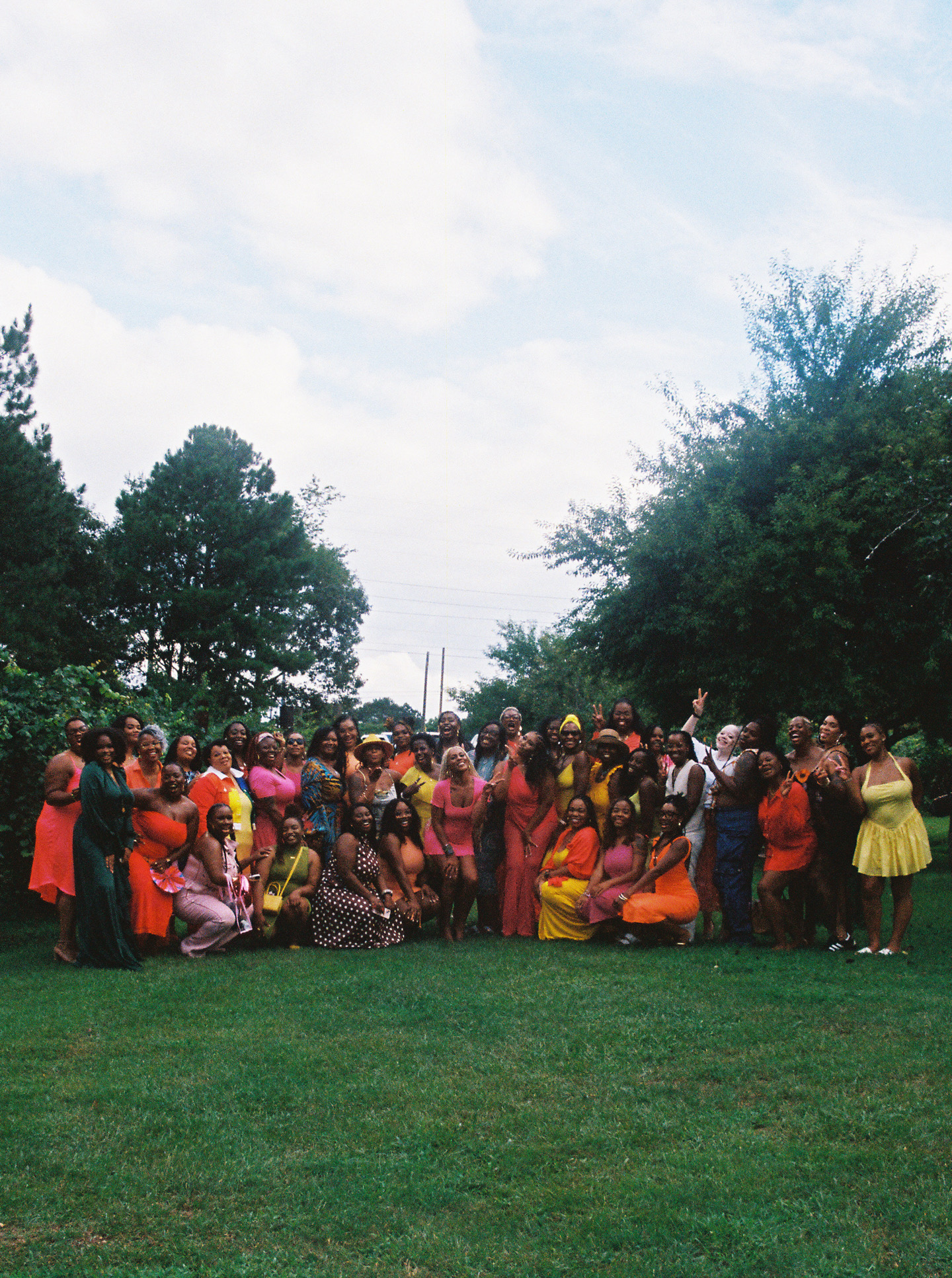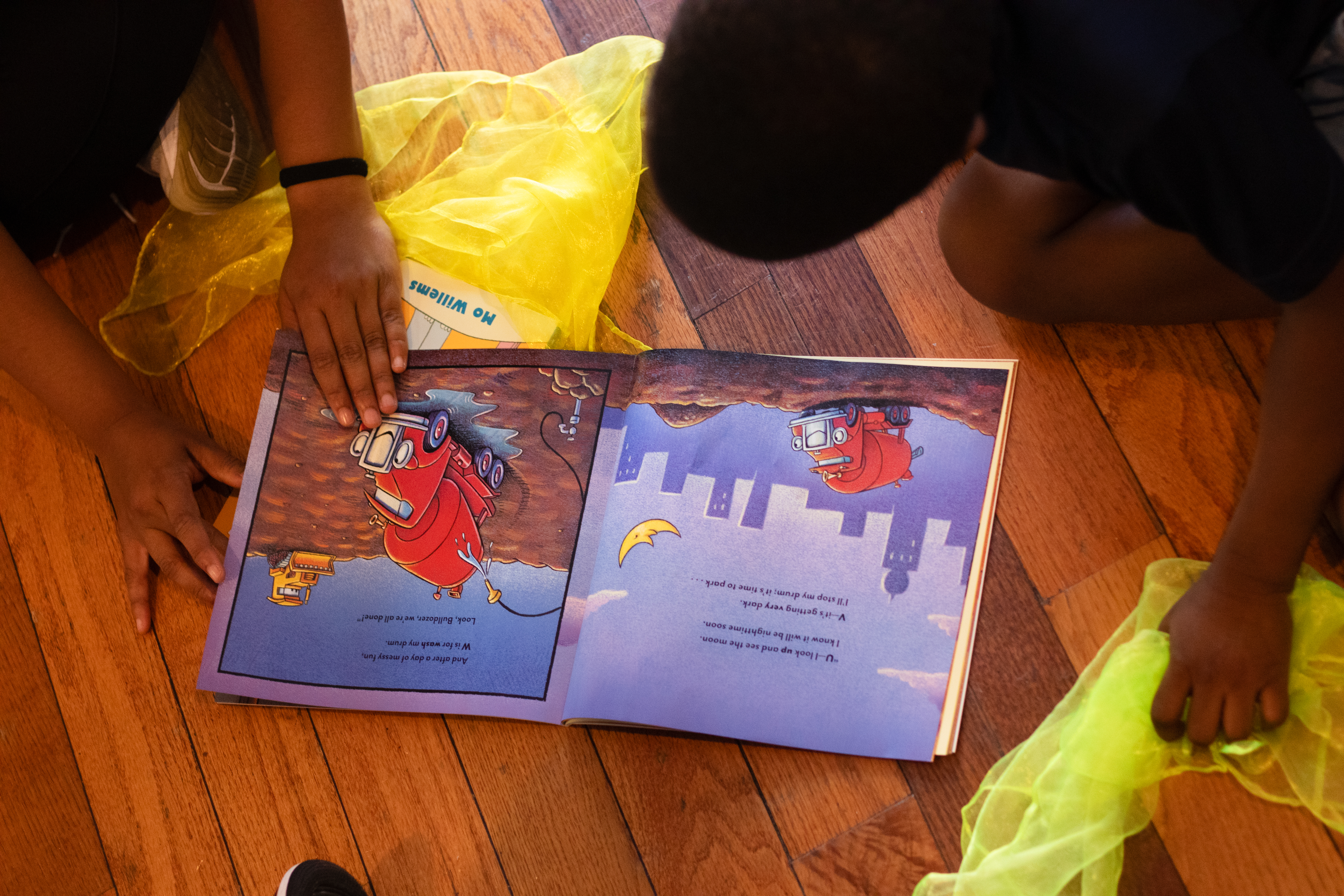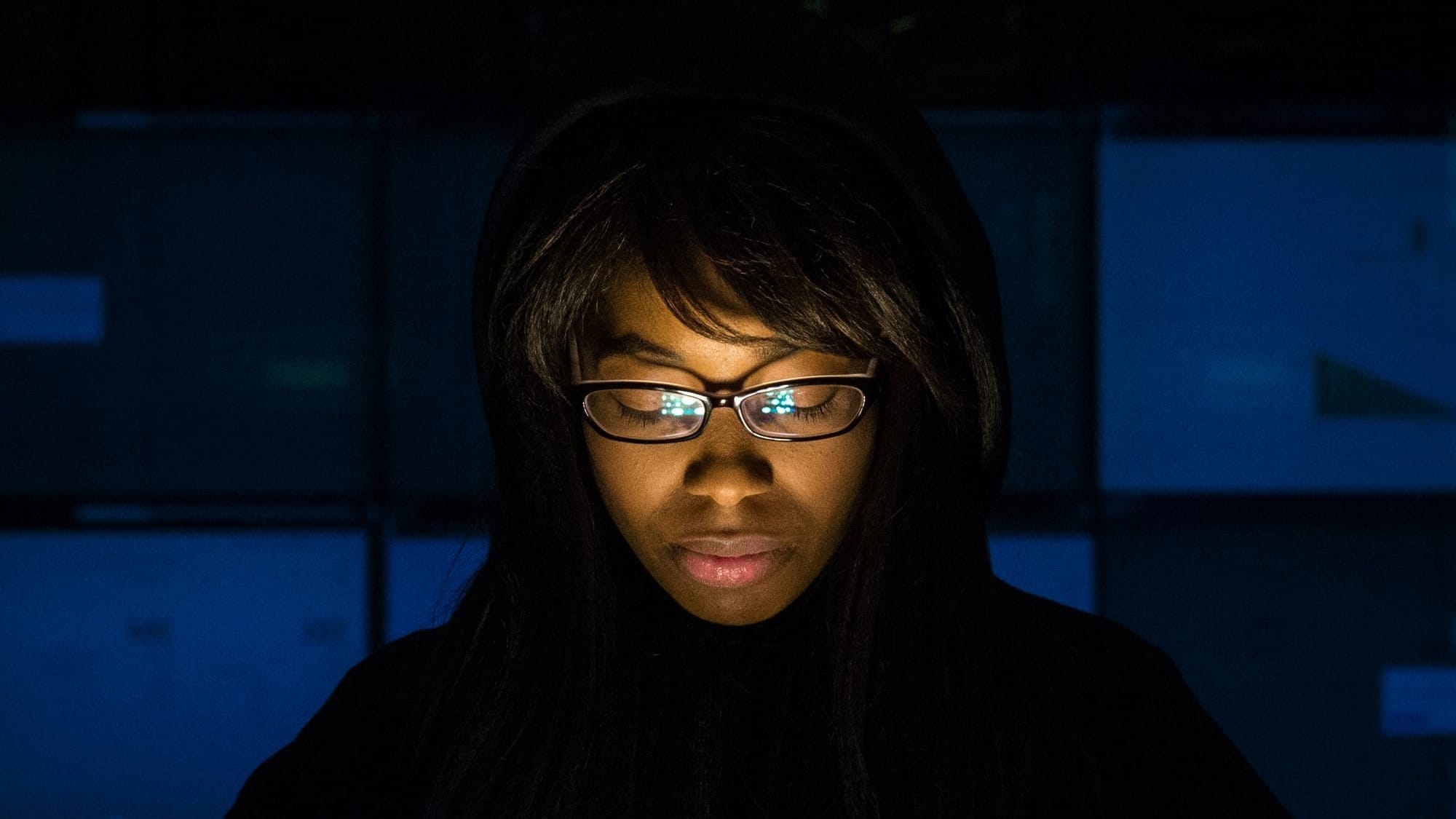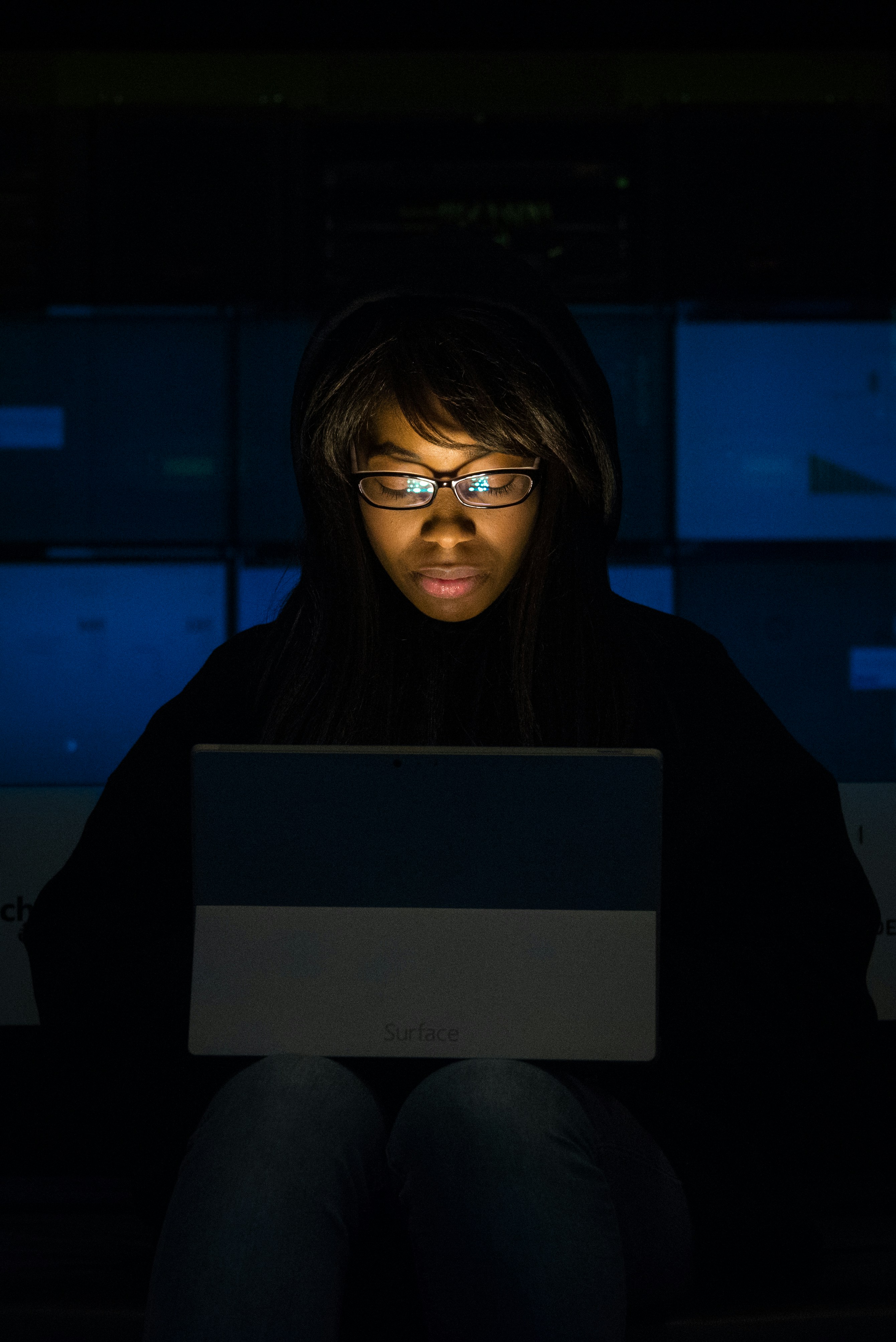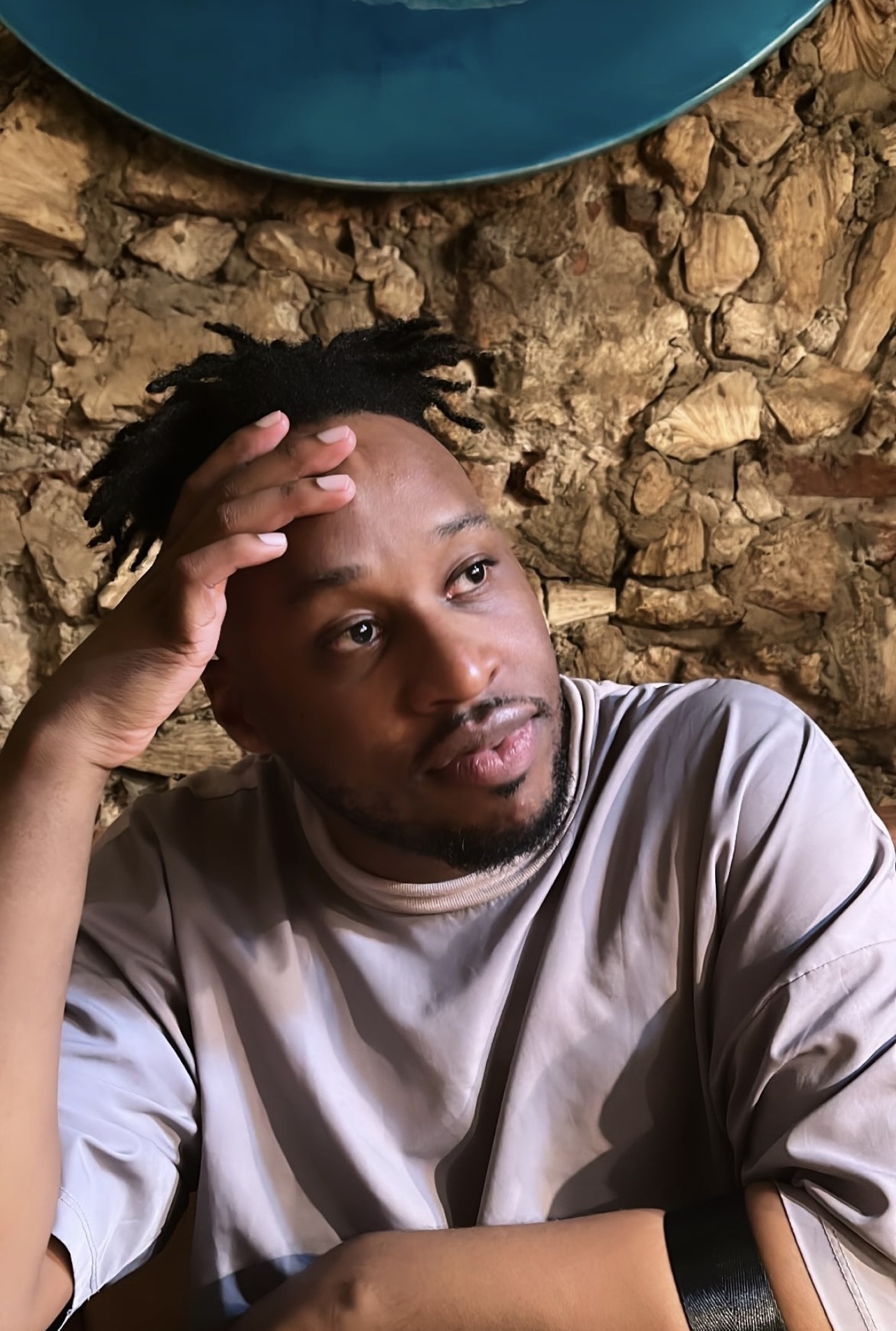Radical Futures and Ancestral Codes: Rashaad Newsome’s Assembly Reimagines Liberation
Assembly, by Rashaad Newsome and Johnny Symons, turns Park Avenue Armory into a speculative sanctuary for movement, memory, and Black queer freedom.
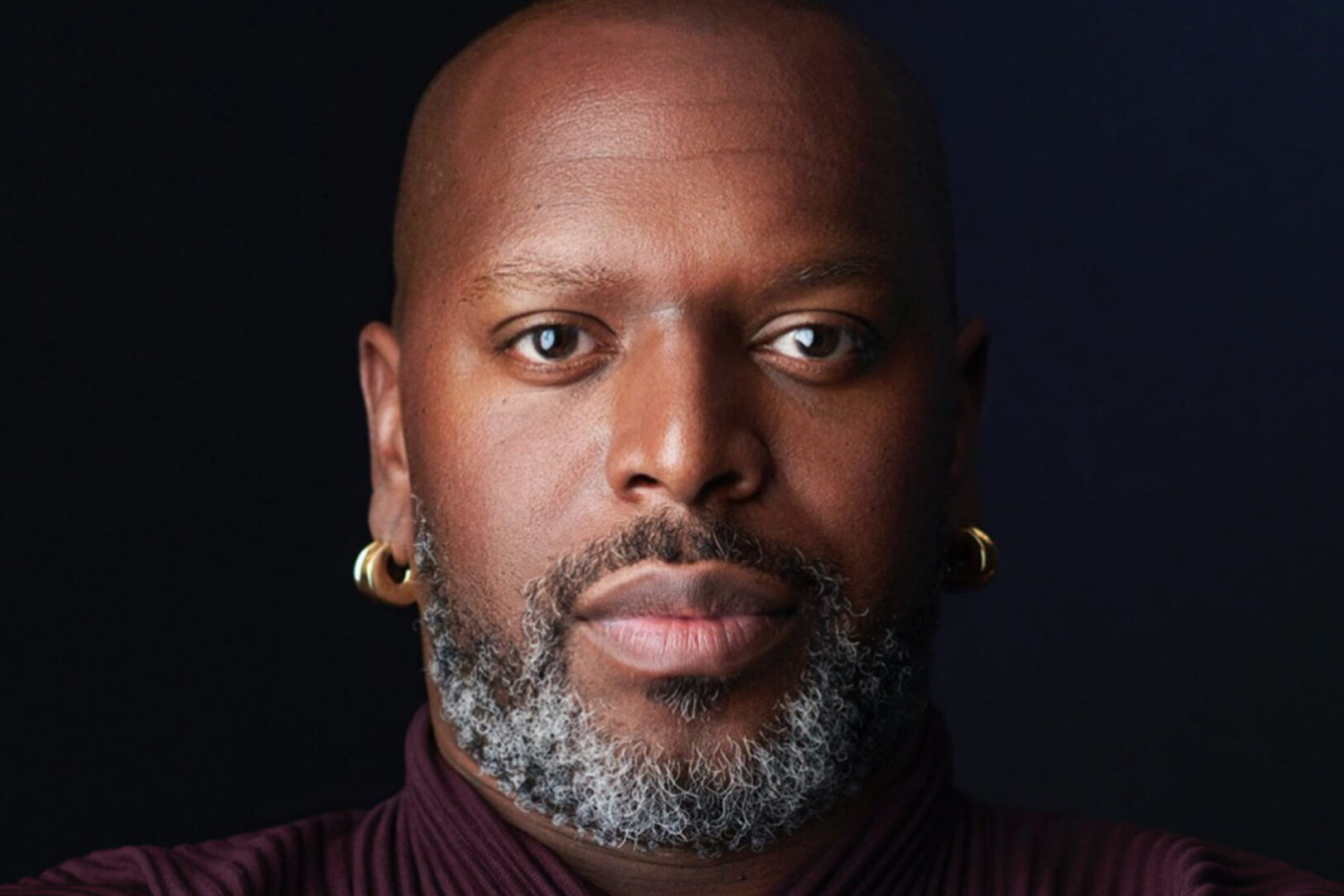
In Assembly, a new documentary co-directed by multidisciplinary artist Rashaad Newsome and filmmaker Johnny Symons, the vast halls of New York’s Park Avenue Armory are transformed into a speculative sanctuary—where movement, memory, and machine intelligence converge in the name of Black queer freedom.
The film documents Newsome’s ambitious and genre-defying exhibition of the same name, a monumental installation that fuses live performance, artificial intelligence, collage, and ancestral storytelling to build a space of both resistance and release.
More than a behind-the-scenes chronicle, Assembly traces the personal and creative trajectory of Newsome himself—from his upbringing in Louisiana to his emergence as a force within the international art world. Known for a practice that cuts across disciplines and defies categorization, Newsome’s work blends fine art with digital design, critical theory, and Black vernacular culture. With Assembly, that layered approach expands into new territory, questioning the boundaries of technology, ritual, and liberation.
In the film, dancers rehearse a choreographed experience that draws from voguing, African diasporic traditions, and healing practices. At the same time, Newsome collaborates with a team of engineers to develop a responsive AI guide, Being 1.5, whose voice is generated using the texts and teachings of Black feminist and queer theorists. Within the exhibition, these elements come together in a multi-sensory environment that invites viewers to experience art not as passive observers but as participants in a communal reimagining of the future.
The exhibition’s setting inside the Park Avenue Armory, one of New York’s oldest and most institutionally embedded venues, adds another layer to the work. Newsome’s vision overtakes the space’s heavy history, turning a former site of military and elite power into a cathedral for Black queer thought. The film captures the tension between legacy and imagination—between what spaces were built for, and what they might become when held by new hands.
Assembly is steeped in themes of intergenerational trauma, community healing, and the role of art in shaping liberated futures. Rather than relying on linear storytelling or didactic explanation, the film builds its message through gesture, image, and presence. The bodies of performers become living archives; the AI’s voice loops ancestral knowledge into the circuitry of machine learning. In these moments, the work doesn’t just critique the present—it proposes a different way of being altogether.
Since its world premiere at SXSW, Assembly has screened at major festivals including Hot Docs and NewFest, drawing audiences into its bold visual world. Its Philadelphia debut came in June, through cinéSPEAK’s Under the Stars series, an open-air screening in West Philly’s Clark Park that mirrored the exhibition’s desire for accessibility, collectivity, and care.
The screening marked an important moment for local audiences to engage with Newsome’s work. Philadelphia’s arts landscape offers a uniquely layered context for Assembly. The city holds a legacy of Black cultural production, queer organizing, and institutional critique, while also continuing to grapple with entrenched systems of inequity.
Newsome’s work enters this space with purpose—offering not only aesthetic innovation but a radical framework for imagining what else is possible.In particular, the film’s use of artificial intelligence and digital media reclaims tools often associated with surveillance and harm. Rather than rejecting technology, Assembly reshapes it—embedding care, theory, and cultural memory into algorithmic systems. Being 1.5, the AI figure at the heart of the exhibition, speaks in a synthesized voice built from liberatory texts. She becomes a guide, a teacher, a signal from the future.In this way, Assembly reflects a larger ethos of Black queer futurism—insisting that the future is not an abstract elsewhere, but a lived and embodied practice. Through performance, design, and digital intervention, Newsome crafts a vision that feels both deeply grounded and imaginatively expansive. The result is a film that doesn’t simply document an artwork—it becomes one.Assembly continues to reverberate through Philadelphia’s cultural landscape, offering a powerful meditation on the possibilities of art as a site of transformation.
By weaving together community, technology, and ancestral knowledge, the film doesn’t just document a visionary project—it opens a portal. In its layered choreography and radical design, Assembly becomes both a mirror and a blueprint, inviting us to imagine what liberation looks like—and to begin building it now.
Correction: Assembly will not be playing at BlackStar Film Festival. This article was corrected on July 28th.
